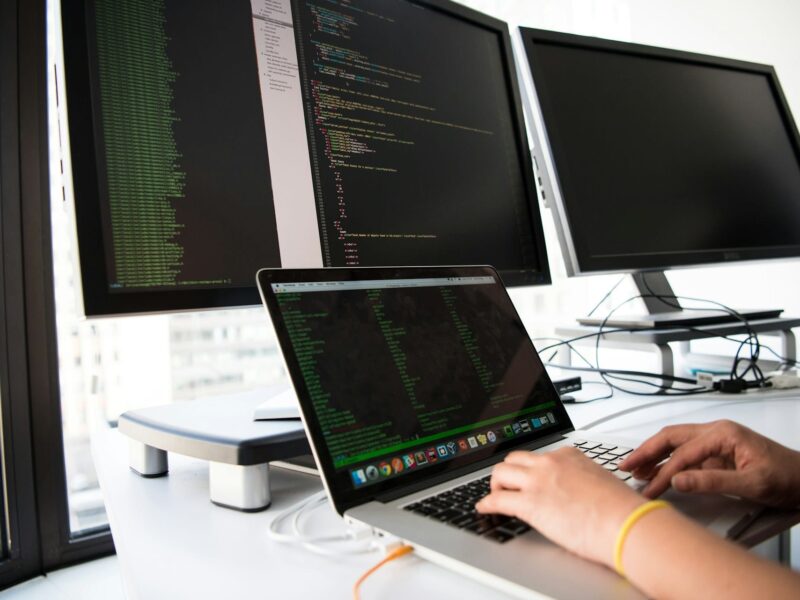Digital twins have evolved from experimental dashboards into core decision engines. Engineering, operations and supply-chain teams depend on these virtual replicas to stress-test designs, anticipate failures and reroute cargo before disruption strikes. Achieving that responsiveness hinges on a fast-maturing technology stack that feeds each twin with continuous, trustworthy data and enough computing to model reality as it unfolds.
Why Enterprises Are Backing Digital Twins Now
McKinsey research shows that 70% of C-suite technology executives at large enterprises are already exploring and investing in digital twin programs.
Artificial intelligence (AI) is becoming a board-level priority inside those ecosystems – 70% of supply-chain leaders now believe the advantages of generative AI outweigh its risks, provided that real-time feeds from GPS, ERP, RFID and external data are integrated.
Together, these trends point to a single conclusion – digital twins demand a richer and faster technology backbone. Let’s break down five components pushing twin fidelity and responsiveness to new heights.
5 Technologies Accelerating Digital Twins
Advances rarely happen in isolation. Each breakthrough fuels the next. Smarter analytics crave denser sensor data, denser data pushes computing to the edge, and rugged hardware protects that edge in hostile zones. With that interplay in mind, here are the five technologies to watch.
1. AI and Generative Analytics
Foundation models, graph neural nets and reinforcement learning let engineers map complex cause-and-effect chains without hand-coded rules. Generative AI automatically spins thousands of what-if scenarios and then ranks mitigation steps. Supply-chain groups have embraced the shift. A clear majority trusts generative AI because it’s fed real-time GPS, RFID, weather and traffic data.
2. IoT Sensors and Edge Connectivity
Ultralow-power accelerometers, machine-vision cameras and smart valves stream millisecond-level telemetry. On-device AI chips compress raw vibration or video into semantic events, forwarding only high-value features. Private 5G and time-sensitive networking shrink latency, so physics-based twins receive uncontaminated signals fast enough to steer control loops. The sheer scale of connected devices guarantees twins will soon observe nearly every moving part instead of estimating behavior from sparse samples.
3. Cloud and High-Performance Computing
Hyperscale GPU and FPGA clusters let teams run multi-physics simulations across thousands of design permutations overnight. Container-native twin platforms abstract the plumbing, so domain experts launch large jobs with a YAML file instead of a lengthy provisioning guide.
4. Rugged Devices
Oil rigs, combat vehicles and desert solar farms can’t rely on air-conditioned data centers. Fan-less conduction-cooled servers certified to MIL-STD-810 bring the twin’s computational brain on-site and shrug off the shock, sand and high-temperature nights. Protection levels matter – an IP22 chassis blocks fingers and vertical water spray, whereas an IP44 enclosure resists millimeter-scale debris and splashing water from any direction. Placing compute inches from the sensor bus eliminates satellite-link latency, so the twin continues to predict and act even during communications outages.
5. Secure, Real-Time Data Fabrics
Tariff uncertainty is pushing firms toward friendshoring, or relocating parts of the supply chain to allied nations with lenient trade rules. Digital twins make that evaluation safe. Planners spin up virtual supply chains, inject real-time cost and lead-time data, and test alternative factory sites before moving a single tool.
Under the hood, zero-trust data fabrics encrypt every stream, enforce attribute-based access and let partners contribute data the platform can compute on but never see. That governance keeps intellectual property safe while ensuring each twin receives the cross-enterprise context to stay predictive.
Anticipating the Next Iteration
Digital twins thrive when virtual models mirror physical reality without delay. AI supplies foresight, IoT expands perception, cloud HPC delivers muscle, rugged hardware ensures resilience and secure data fabrics keep information flowing under shifting trade rules. Enterprises that combine these five layers will evolve twins from descriptive replicas into proactive agents that recommend, and sometimes execute, the fix before trouble starts.
The post 5 Technologies Enhancing Digital Twins appeared first on Datafloq.

